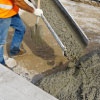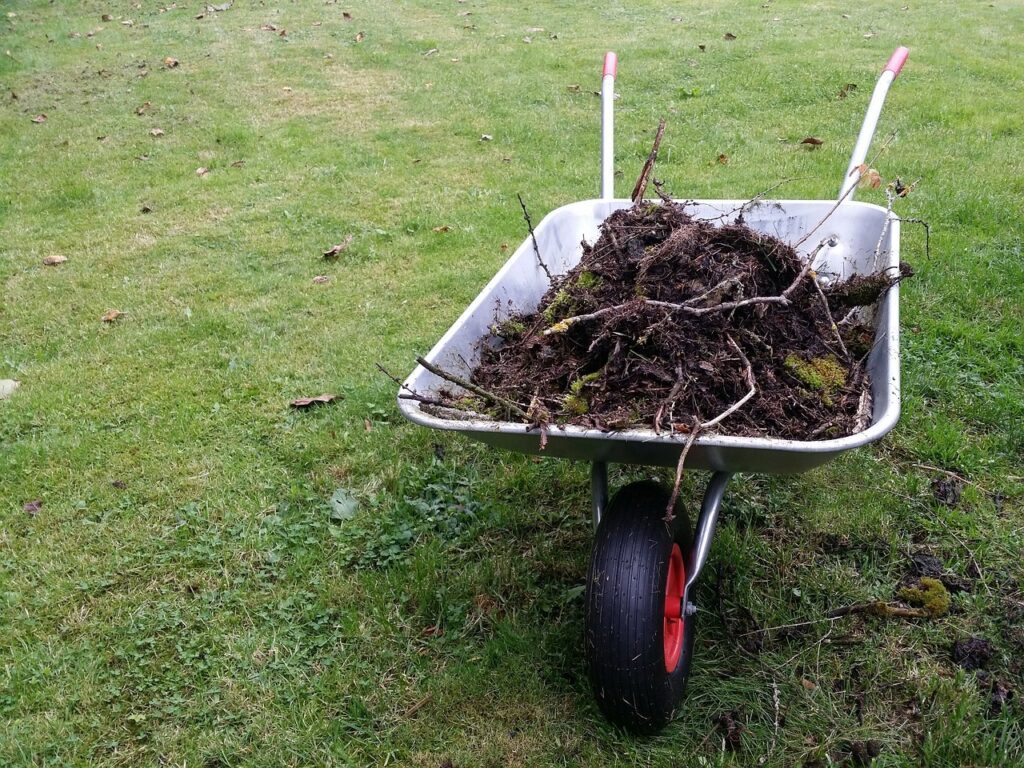Top Tips on How to Prepare Your Garden for Landscaping
As we reach summer, and the weather finally starts to dry out a little, it’s an opportune time to carry out any landscaping projects in your garden.
However, whether you’re planning to lay paving slabs, decking or build some raised beds, you are likely to need to carry out a certain amount of preparation in order to ensure that your garden is ready for the job.
As experts when it comes to landscaping supplies and topsoil in Suffolk, Essex and Cambridgeshire – here are our top tips for preparing your garden for a landscaping job.
Measure Up
Many gardens have slopes which should be levelled out before plants can be grown. Even if you aren’t looking to grow anything new, it’s a good idea to get rid of any slopes regardless, as often they lead to muddy or wet patches and puddles which don’t drain well after periods of heavy rain.
And, if you want to lay a patio or decking, you will definitely need a level surface.
The best way of marking the level of your garden is to have some marker stakes with some string – stretch the string out straight between the stakes at the height you want your soil to be (a spirit level may help here).
Level Up (or Down)
If you’re looking to level out a small area, you may be able to do the heavy work yourself with a spade, shovel, tiller or rotavator.
If it’s a big area, you may be better off getting a professional in to carry out the work – while it may end up a bit more expensive you will have the assurance that it will be carried out to a professional standard.
Once you have identified and marked out the area you want to level up, dig down to a depth of around 20cm and mix up the soil with a rake – this will improve the soil’s texture and help provide healthier base for any new plants you want to grow.
You can then add some topsoil to level everything up (or remove soil from other parts of the garden if you’re levelling up in one part, and down in another).
Remove Weeds
Removing weeds is something you need to keep on top of at all times – not just in project preparation but also later on. Even if you fully clear your garden of weeds, you will quickly find them sprouting up again after a week or so.
Make sure all parts of the garden are as free as possible from these unwanted plants – and that means removing them with forks, trowels and other garden tools – and not just from any area which you are levelling up. It can sometimes seem like a daunting task, but your garden will look all the better for it.
In the longer term, weed suppressing membranes are a good idea if you want to grow new plants in the landscaped area – as is mulch as these will make it much harder for the weeds to germinate (as well as allowing your own plants to survive and flourish). Weed membranes are also a great idea for placing underneath areas of stones, pebbles or aggregate to stop weeds from poking through.
Keep Everything Flat
As we’ve already mentioned, it’s usually important that every surface in your garden is as flat as possible (unless you are working with a tiered garden design) – this particularly applies if you are laying down a patio.
You can tamp down the soil surface with the back of a space, although a roller is better. If you are laying down a patio, a layer of sand or hardcore on the top may help maintain the levelness over time.
Whatever you do, you should let the levelled area settle for a few days before embarking on the next stage of the project – whether that’s to lay new turf, plant new flowers or shrubs, or lay down some patio or paving slabs.
If you are laying down some turf, check out our previous blog here for some helpful advice.
Madingley Mulch – Topsoil and Turf Suppliers in Cambridge and across East Anglia
At Madingley Mulch we stock a range of tools and other products to help you with any landscaping project. Check out our online shop here for our range of tools – these include spades, shovels and wheelbarrows to help with any heavy work.
If you are laying down a patio, then our range of paving slabs can be found here – you should be able to find a colour or style that suits you. And our selection of high-quality new turf can be found here – we are one of the leading turf suppliers in Cambridge and the surrounding area.
Remember, we can not only supply topsoil to customers in Suffolk, Essex, Bedfordshire and our home county of Cambridgeshire, we can deliver it to your door as well – for more details of our delivery services, check out this page.
If you are not sure what product best suits your garden landscaping project, feel free to call us on 01954 212144 and we will be happy to give you some advice.
Back to blog




